Granite countertop wax is a popular product used to enhance the beauty and protect the surface of granite countertops. Here’s a comprehensive guide to granite countertop wax:
Purpose: Granite countertop wax is designed to provide a protective barrier on the surface of granite countertops, helping to prevent stains, water damage, and scratches. It also enhances the natural beauty of the granite by adding shine and depth to the surface.
Composition: Granite countertop wax is typically made from natural waxes, such as carnauba wax or beeswax, along with mineral oils or other additives. These ingredients work together to create a durable and water-resistant barrier that helps to protect the granite surface.
Application: Applying granite countertop wax is a relatively straightforward process. Start by thoroughly cleaning the countertop surface with a mild soap and water solution to remove any dirt, grease, or residue. Once the surface is clean and dry, apply the wax using a soft cloth or applicator pad, following the manufacturer’s instructions.
Buffing: After applying the wax, buff the surface of the granite countertop with a clean, dry cloth to remove any excess wax and achieve a smooth, shiny finish. Buffing helps to distribute the wax evenly and enhances the luster of the granite surface.
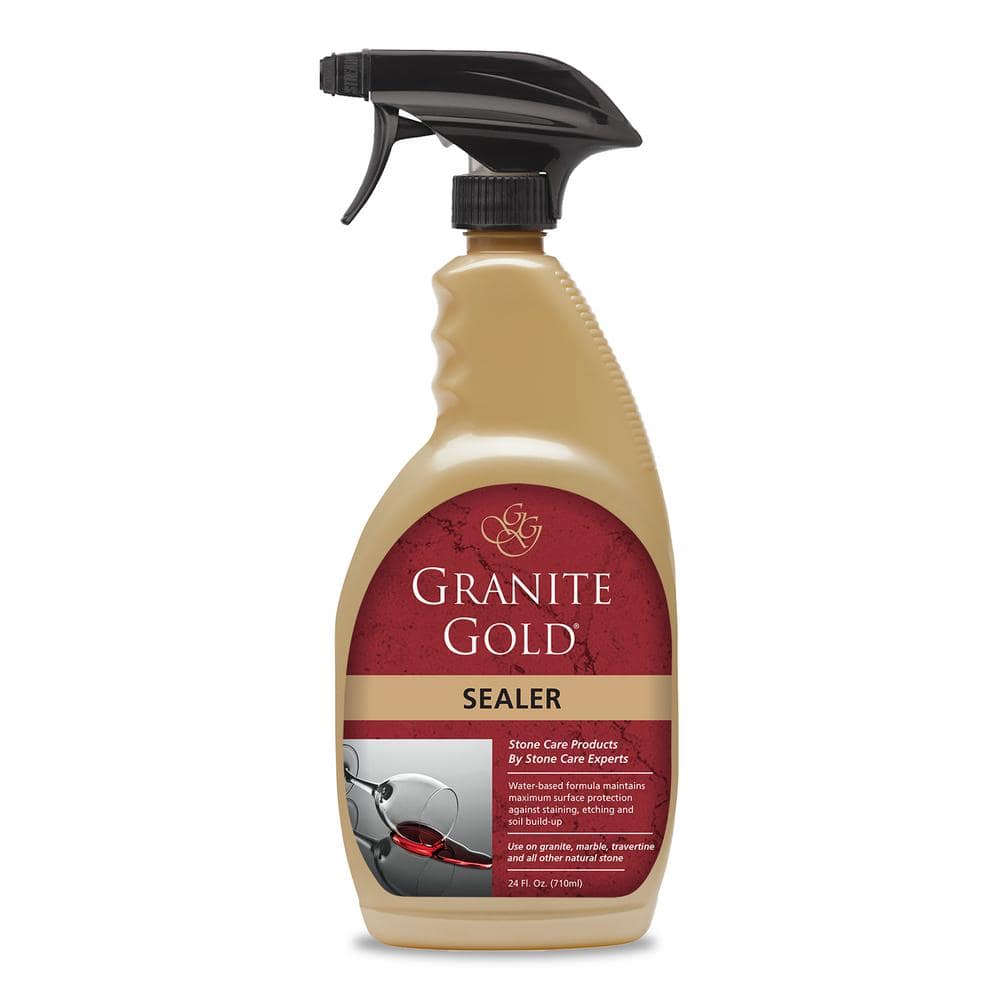
Frequency: The frequency of waxing granite countertops depends on factors such as usage, cleaning habits, and the specific type of wax used. In general, it’s recommended to wax granite countertops every 6-12 months to maintain their appearance and protection.
Benefits: There are several benefits to using granite countertop wax. It helps to protect the surface from stains, water damage, and scratches, prolonging the life of the countertop. Additionally, it enhances the natural beauty of the granite, making it look shiny and polished.
Stain Resistance: Granite countertop wax provides an additional layer of protection against stains by creating a barrier on the surface of the granite. This barrier helps to repel liquids and prevent them from penetrating the porous surface of the granite, making it easier to clean and maintain.

Water Resistance: Granite countertop wax helps make the granite countertop surface more water-resistant, reducing the risk of water damage and staining. This is particularly beneficial in areas such as kitchens and bathrooms, where countertops are exposed to moisture regularly.
Scratch Resistance: While granite is a durable and scratch-resistant material, applying wax to the surface can provide an extra layer of protection against scratches and abrasions. The wax helps to fill in small scratches and imperfections, making the surface of the granite countertop smoother and less prone to damage.
UV Protection: Some granite countertop waxes contain additives that provide UV protection, helping to prevent fading and discoloration of the granite surface over time. This is particularly important for countertops that are exposed to direct sunlight, such as those in outdoor kitchens or sunrooms.
Non-Toxic Formulas: Many manufacturers offer granite countertop waxes that are formulated to be non-toxic and safe for use in food preparation areas. These waxes are free from harmful chemicals and additives, making them suitable for use on surfaces where food is prepared and served.
Compatibility: Granite countertop wax is compatible with most types of granite countertops, including polished, honed, and textured finishes. However, it’s important to check the manufacturer’s recommendations and test the wax on a small, inconspicuous area of the countertop before applying it to the entire surface.

Alternatives: In addition to granite countertop wax, there are other products available for protecting and maintaining granite countertops, such as sealers and polishes. These products offer similar benefits and can be used in conjunction with wax for added protection and shine.
Cleaning: When cleaning granite countertops that have been waxed, use a mild soap and water solution or a granite cleaner specifically formulated for use on sealed surfaces. Avoid using abrasive cleaners or scouring pads, as they can damage the wax and the surface of the granite.
Maintenance: In addition to regular waxing, proper maintenance is essential for keeping granite countertops looking their best. Wipe up spills promptly, avoid placing hot pots and pans directly on the surface, and use cutting boards and trivets to protect the countertop from scratches and heat damage.

How often should I wax my granite countertops?
It’s generally recommended to wax granite countertops every 6-12 months, depending on factors such as usage, cleaning habits, and the specific type of wax used. Regular waxing helps to maintain the appearance and protection of the granite surface.
Can I use granite countertop wax on other types of stone surfaces?
Granite countertop wax is specifically formulated for use on granite surfaces and may not be suitable for other types of stone, such as marble or quartz. It’s important to check the manufacturer’s recommendations and test the wax on a small, inconspicuous area before applying it to the entire surface.
Is granite countertop wax safe for use in food preparation areas?
Many granite countertop waxes are formulated to be non-toxic and safe for use in food preparation areas. However, it’s important to check the product label and choose a wax that is specifically labeled as food-safe if you plan to use it on surfaces where food is prepared and served.
Can I apply wax to unsealed granite countertops?
It’s generally not recommended to apply wax to unsealed granite countertops, as the wax may not adhere properly to the surface and could cause streaking or uneven application. It’s important to seal the granite surface before applying wax for best results.
How do I remove wax buildup from granite countertops?
If you notice wax buildup on your granite countertops, you can remove it using a mild soap and water solution or a granite cleaner specifically formulated for use on sealed surfaces. Avoid using abrasive cleaners or scouring pads, as they can damage the surface of the granite.
Weiman Granite Sealer, 12 oz – Walmart.com
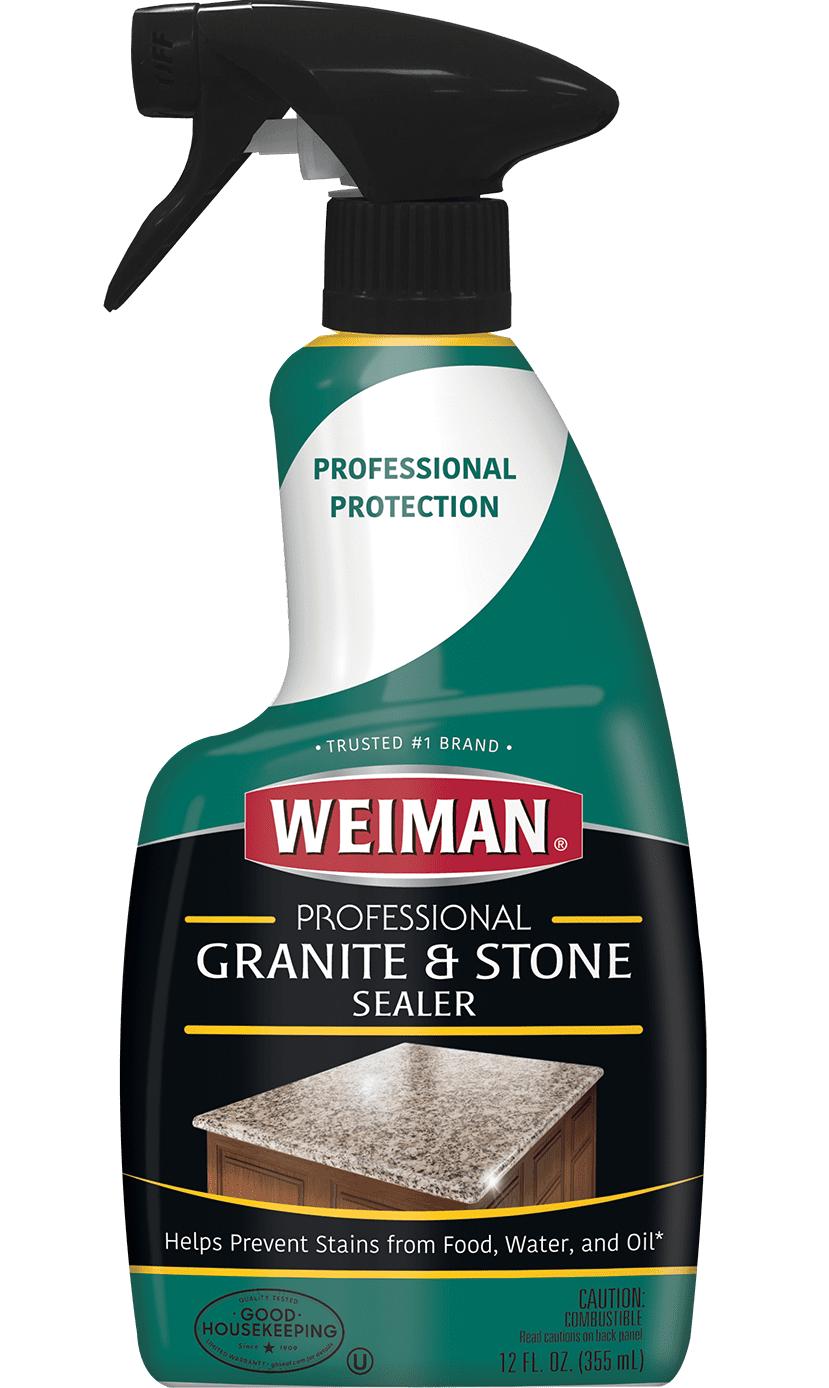
Easy Ways to Clean Granite Countertops u0026 More

The Ultimate Guide to Polishing and Sealing Granite Countertops in
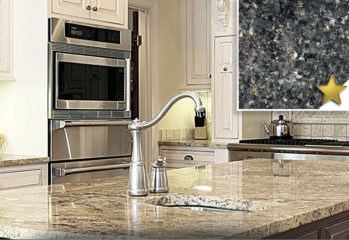
How to Polish Granite Countertops By Hand Gold Eagle Co.
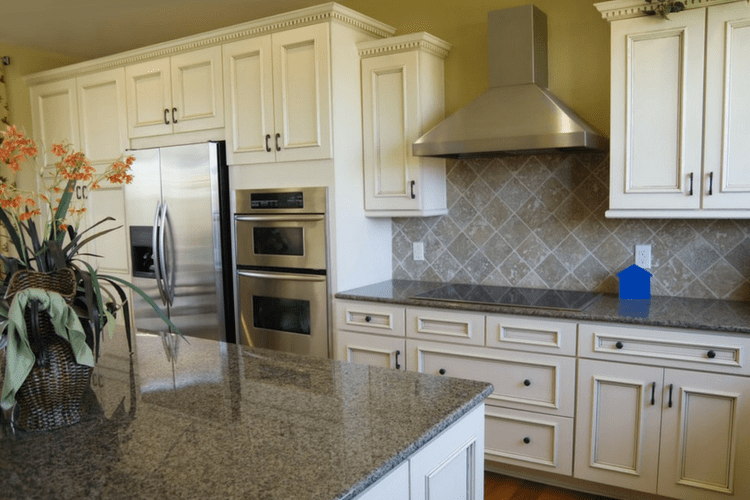
Oil or wax your soapstone; natural stone facts Marble.com
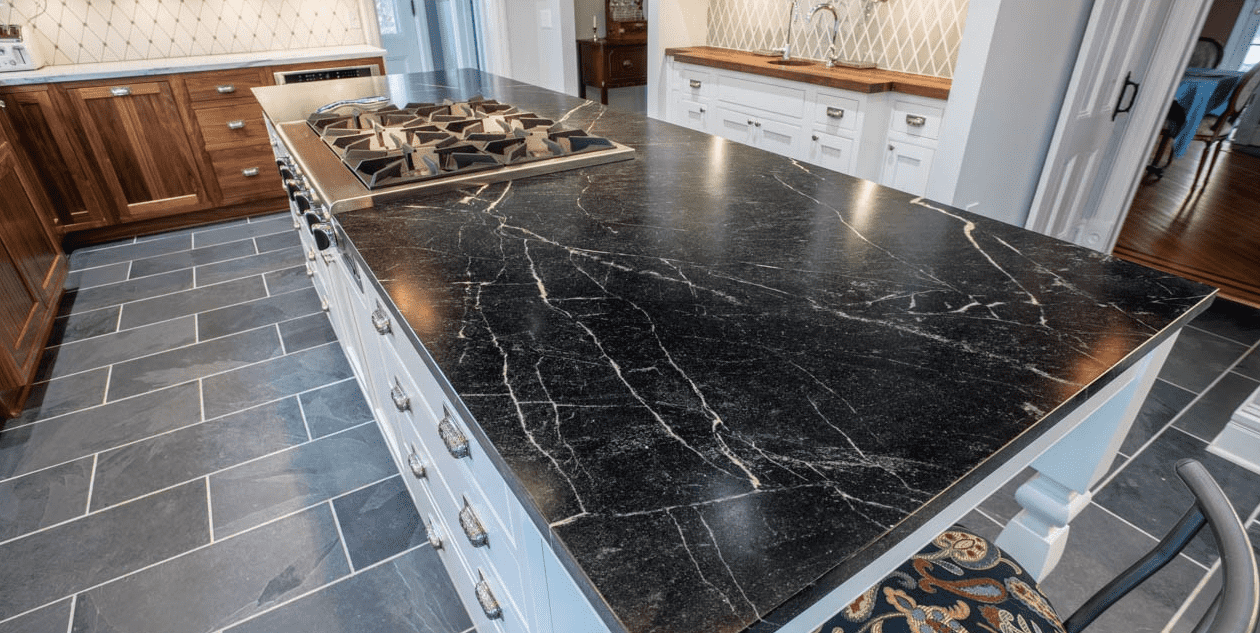
Related articles:
- Black Pearl Granite Countertops
- Black Matte Granite Countertop
- Black Granite Kitchen Countertops
- Cutting Granite Countertops DIY
- Gray Granite Countertops
- Blue Gray Granite Countertops
- Granite Countertops Wood Island
- Backsplash Ideas For Granite Countertops
- Black Granite Countertops In Kitchen
- Affordable Granite Countertops